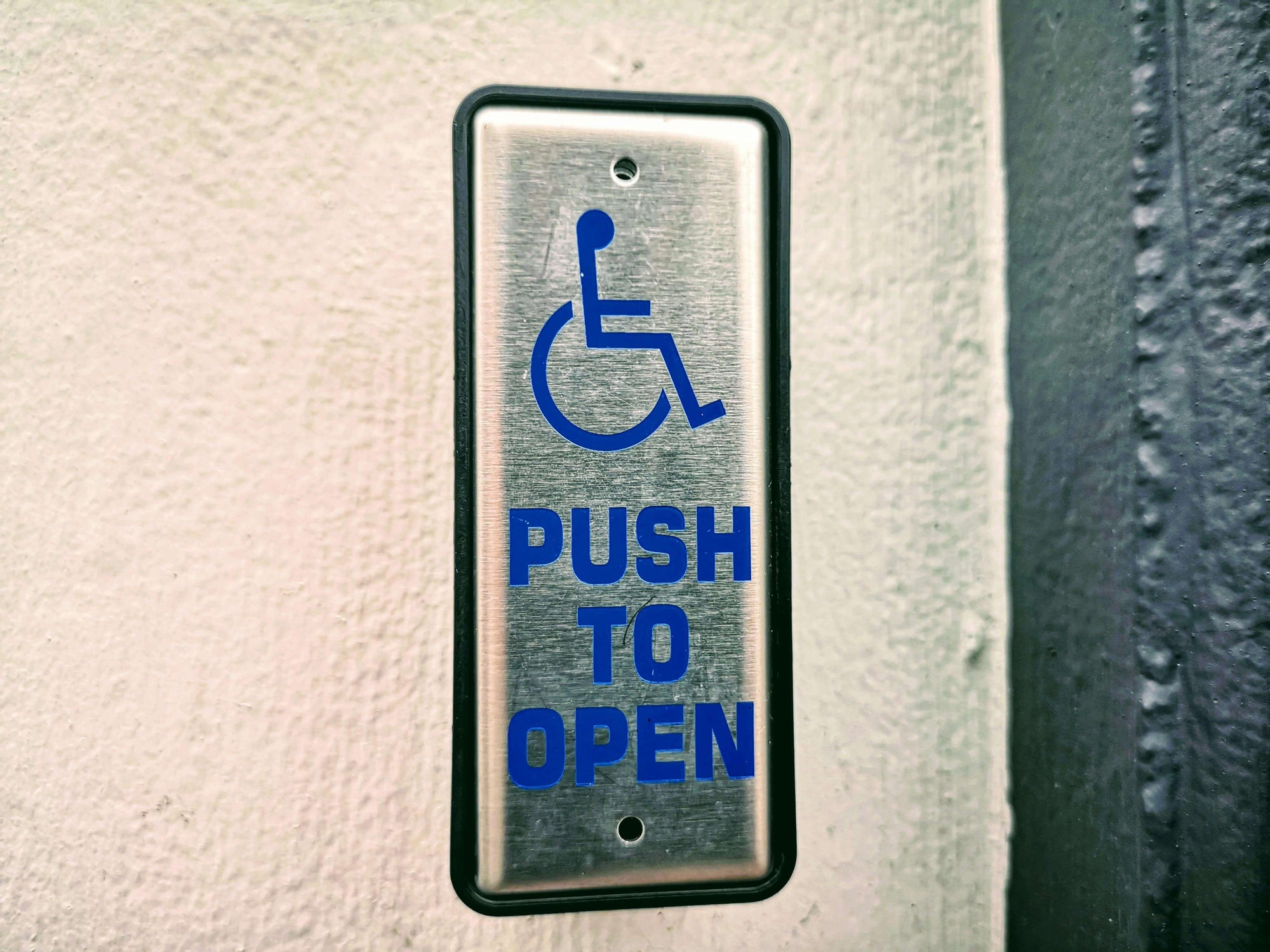

· By Jennifer McGee
What is Universal Design? Creating Inclusive Spaces and Products for Everyone
Universal design is an approach to creating spaces, products, and experiences that are accessible and usable by people of all abilities. Instead of focusing solely on adaptations for specific needs, universal design considers a wide range of abilities and circumstances, ensuring that everyone—from those with physical disabilities to older adults and children—can interact with spaces comfortably and efficiently.
With the holiday season approaching, embracing universal design concepts is a great way to make gatherings, spaces, and even gifting more inclusive for everyone. For instance, our holiday postcards offer a unique way to spread cheer that everyone can enjoy, reminding friends and family of the importance of inclusion during the holidays.
Key Principles of Universal Design
Universal design is guided by several core principles that ensure accessibility, ease of use, and inclusivity for all:
-
Equitable Use
Spaces and products should be designed to be accessible and useful to people with diverse abilities. For example, ramps and automatic doors make it easier for wheelchair users and are also convenient for people carrying holiday packages. -
Flexibility in Use
Universal design accommodates different abilities and preferences. Features like touchless technology, adjustable seating, or smart lighting controls cater to various needs and preferences during gatherings. -
Simple and Intuitive Use
Designs should be straightforward and easy to use, regardless of the user’s experience level. Holiday decorations and interactive displays that incorporate clear signage help make festivities enjoyable and accessible for all guests. -
Perceptible Information
Information should be conveyed in multiple ways, like visual, auditory, and tactile cues. For instance, a holiday greeting card with embossed braille or contrasting colors ensures that all recipients can enjoy the message. -
Tolerance for Error
The design minimizes risk and reduces the chance of accidents. Installing handrails and ensuring clutter-free pathways in holiday settings can help everyone feel safe. -
Low Physical Effort
Features that reduce strain and effort are key to universal design. For example, placing holiday decorations at accessible heights and using lever door handles can make gatherings more inclusive. -
Appropriate Size and Space
Design elements should be easily reachable and usable for people of all shapes, sizes, and physical abilities. Arranging holiday party spaces to be wheelchair-accessible with spacious pathways is a simple way to practice this principle.
How Universal Design Elevates Holiday Experiences
Applying universal design principles can make holiday events and gatherings more inclusive, enjoyable, and accessible for everyone:
- Home Decorations: Universal design principles can be applied in home settings by using decorations that are easy to reach, open floor plans for socializing, and accessible entrances.
- Holiday Gatherings: Creating spaces that consider universal design makes holiday gatherings more welcoming, with easy access to restrooms, wide walkways, and clear signage.
- Gift-Giving: Inclusive gifts, like our holiday postcards, celebrate the spirit of universal design by being accessible to all. These cards are crafted to resonate with recipients of all backgrounds, making them a thoughtful, inclusive holiday greeting.
Conclusion: Spreading the Spirit of Universal Design
Universal design is about more than making things accessible; it’s about fostering inclusive environments where everyone feels welcome and valued. During the holidays, incorporating universal design in our gatherings, decorations, and gifts helps bring people together and ensures that no one is left out.
Let’s embrace the holiday season by supporting designs that honor inclusivity and celebrate the diversity of abilities in our communities. For a thoughtful gift idea, consider our holiday postcards—a perfect way to send a message of warmth and inclusion to loved ones.
